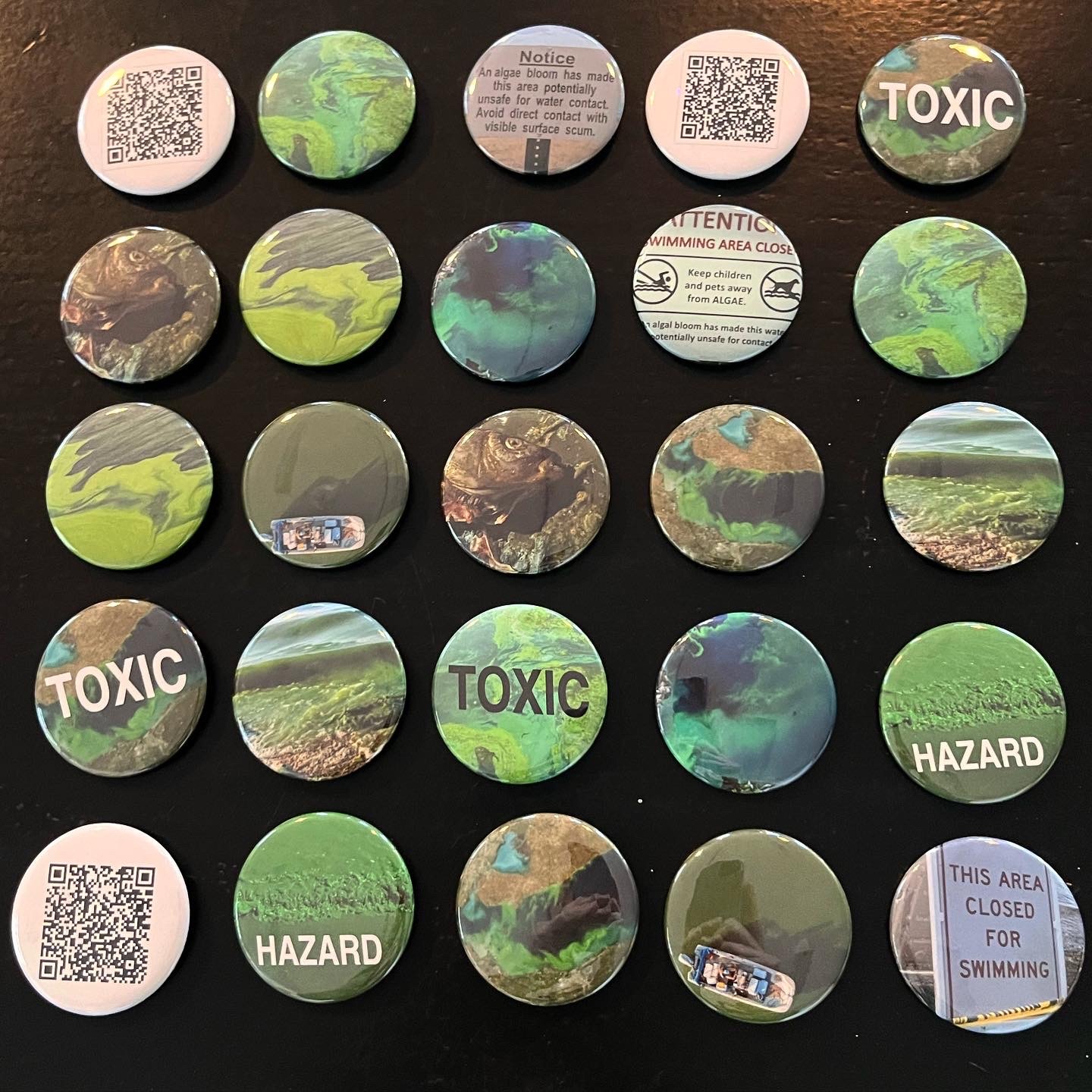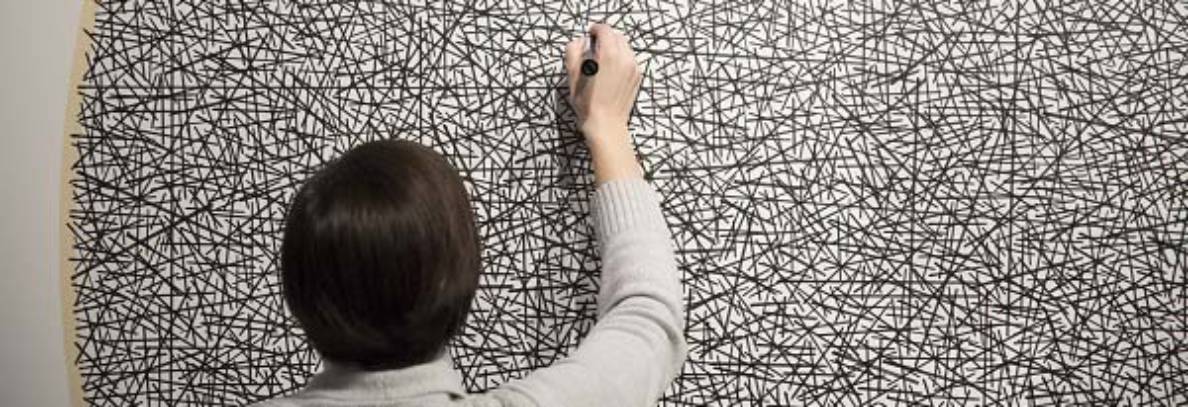MONDAY:
Conceptual Portrait Critiques
Finish blog posts by next week!
WEDNESDAY:
Artist Buttons Lecture and Assignment:
ASSIGNMENT: Make your own ARTIST BUTTONS*
Since the 1950’s artists have been making inexpensive, accessible works in a series/edition intended for wider distribution than singular objects in museums. These have served to critique commercial/market aspects of the art world, and the myth of an expensive “original”. Artist multiples have been made as prints, small manufactured sculptures, pins, artist books, magazines, postcards, t-shirts, zines and other commercially reproducible media. They are sometimes given away for free, traded or sold for low cost in bookstores, independent art galleries, libraries, convenience stores, activists’ gatherings, and more.
Artist multiples are sometimes playful and mischievous – exploring new and surprising manifestations of commercial media – and often convey ideas and meaning against expected commercial, social, and political goals.
Develop some ideas for unique, artist buttons and post your thoughts and drawings/designs on the blog.
Consider how artists use conceptual strategies to make buttons into art including:
- a button series that features an unexpected collection
- a button that acknowledges its own button-ness/materiality, is self-conscious and knows it’s a button
- buttons that work together to create a final work
- a button that creates social interaction
- a button that gives instructions/provokes
- a button that reveals things usually hidden
- a button or series that completes a sculpture
- a button that speaks to the body directly, that knows it’s on a body
- a button that creates a performance act by wearing it
In class we will learn to use the button maker together with the appropriate materials. Create a single design, or a series of buttons.
Consider fonts, design, colours, images to make a professional quality artist multiple. You may make up to 15-20 buttons for your final project, plus a few tests.
*See schedule for work time and critique dates.
TOXIC ALGAE BLOOMS – Payton Curtis, Student buttons

“For my artist multiple I chose to report on the toxic algae blooms that plague Lake Erie. This semester in Limnology class we read “The Devil’s Element” by Dan Egan. I strongly encourage YOU to read this book. If you think you can escape the consequences of the corruption of our freshwater you are mistaken. People get so caught up in their own shit that they fail to realize we are animals inhabiting the natural world. It is only a matter of time until the natural world reminds us of our vulnerability.
We are not escaping the algae plague. I could sit here and tell you how excess phosphorous inputs are promoting the cyanobacteria responsible for the toxic blue-green algae blooms… or I could show you. I could show you the green sludge that ebbs and flows in Lake Erie. I could show you the swim bans and the notice signs. I could show you what the fish exposed to this water look like. I could show you all of this and hope it terrifies you into action. In all honesty it felt like even after putting all the buttons on I could not draw enough attention to this issue.
The buttons are a method of raising awareness of the issue but also a method of holding people accountable as contributors to the problem. We are all implicated in this assault on Lake Erie. By putting on the button that has “TOXIC” written on it the wearer appears to be the toxic element. Wearing the button becomes a confession. WE are the toxic ones, WE are the problem in the freshwater crisis and WE will also be part of the solution.
The QR codes printed on some of the buttons are a link to the Lake Erie Foundation website https://lakeeriefoundation.org/saving-lake-erie/. While this link is technically associated with the American states effected by the Lake Erie issue I thought the link was still appropriate as an informational resource. Additionally, the book the pins are inspired by has an American author and references state policies.
Other interesting links that were in consideration: the Canadian governments action plan https://www.canada.ca/en/canada-water-agency/freshwater-ecosystem-initiatives/great-lakes/great-lakes-protection/action-plan-reduce-phosphorus-lake-erie.html and messaging from Environmental Defence https://environmentaldefence.ca/save-lake-erie/
I think sharing the QR codes was a great addition to the project. After a consultation with Diane we acknowledged the need for an empowering element to the piece. We are responsible for making Lake Erie toxic, now we must be part of the solution. Finding a solution starts with taking accountability and educating ourselves. The links are encouraging people to investigate and prompting self-led education.” Payton Curtis, 2024
